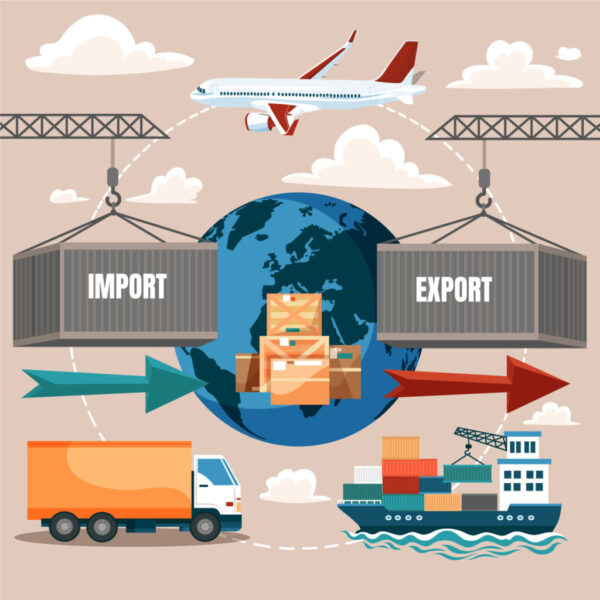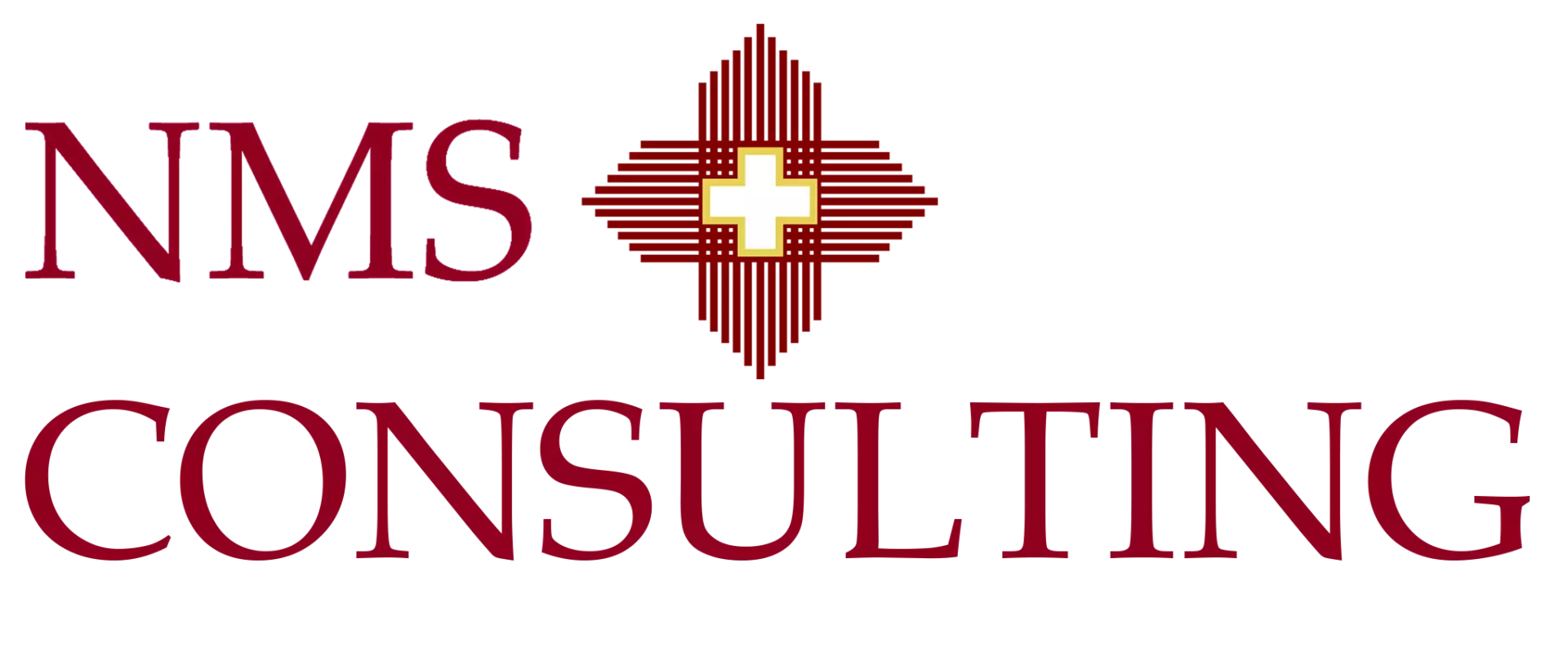What Does a Risk Management Consultant Do?

Risk & supply chain
Published: • Updated:
A risk management consultant finds your biggest threats, sizes impact and likelihood, and installs controls, monitors, and response plans so goals are met. In supply chains, this means supplier health checks, dual sourcing, buffers, and rerouting playbooks that cut downtime and cost while protecting customers.
Want a quick heat map of top risks with owners and triggers?
Request a risk sprint
What does a risk management consultant do?
- Assess. Run interviews, data scans, and workshops to list risks, then quantify with simple probability–impact scoring.
- Prioritize. Focus on value at risk across revenue, cost, schedule, safety, compliance, and reputation.
- Treat. Choose avoid, reduce, transfer, or accept. Install controls, KPIs, and playbooks with clear triggers.
- Monitor. Build dashboards and alerts. Tie risks to the program cadence and board reporting.
What is supply risk management?
Short answer: A structured approach to identify, assess, and mitigate risks across suppliers and logistics. Typical scope includes financial health, capacity, quality, cyber exposure, sanctions, and geo events, with controls such as dual sourcing, buffers, alternates, and reroutes.
Modern guidance frames this as an ongoing cycle of identification, assessment, and mitigation across the supply chain, not a one-time audit. See widely used standards for supply chain risk management in the sources below.
Talk to a consultant
What is an SCM consultant?
An SCM consultant helps design and improve the planning, sourcing, production, and logistics processes that integrate supply with demand. The role spans network design, inventory and service targets, supplier development, S&OP, quality, and enabling platforms. This work puts the “management” in supply chain management.
What are the 7 Rs of supply chain management?
- Right product
- Right quantity
- Right condition
- Right place
- Right time
- Right customer
- Right price
Post-merger supply chain integration
During post merger supply chain integration, risk spikes as systems, vendors, and policies converge. A focused plan maps critical parts and lanes, sets day-one controls, and phases the cutover. Dual running, inventory positioning, and vendor novation reduce service risk while synergy tracking captures value.
For broader deal work, see our M&A services overview and integration resources.
Supply chain consulting trends to watch
- Cost and resilience together. Leading supply chain risk management consulting focuses on balancing resilience with cost, not one over the other.
- Tariff and policy volatility. Scenario planning, nearshoring options, and duty engineering are back on every roadmap.
- From pilots to scaled AI. Signal detection, forecast exception handling, and quality review increasingly use AI, with humans in the loop for decisions.
| Finding | Figure | Source |
|---|---|---|
| Global supply chain disruptions in 2024 vs 2023 | Up 38% | Resilinc EventWatch AI 2024 recap |
| Protests and riots among fastest-rising risk events in 2024 | Up 285% | Resilinc EventWatch AI 2024 recap |
| Extreme weather alerts in 2024 | Up 119% | Resilinc EventWatch AI 2024 recap |
| Guidance: define supply chain risk management as ongoing identify–assess–mitigate across suppliers and products | Standards-based approach | NIST 800-161 (C-SCRM) |
| Consulting trend: balance cost and resilience, not one at the expense of the other | 2025 viewpoint | BCG “Cost and Resilience” |
| Manufacturing outlook notes continued supply chain risks and delays into 2025 | Qualitative | Deloitte 2025 outlook |
Figures reflect global monitoring and expert analyses; use as directional inputs when sizing your own exposure.
Book a discovery call
FAQ
Where does risk live day to day?
Concentrated suppliers, single-sourced parts, opaque tiers, quality escapes, cyber exposure, and volatile lanes or tariffs. Start with a top-10 list and clear owners.
How do we measure progress?
Track change-controlled metrics: time to recover, supplier on-time and quality, dual-source coverage, cyber posture, and order fill rate during disruptions.
Author and review
Prepared by the NMS team that advises on risk, supply chain, and M&A integration across regions. Recent work includes supplier development, network redesign, and post-close stabilization.
Sources
- Resilinc. Global supply chains saw disruptions up 38% in 2024, with protests up 285% and extreme weather up 119%. https://resilinc.ai/blog/resilinc-reveals-the-top-5-supply-chain-disruptions-of-2024/
- NIST. Cybersecurity Supply Chain Risk Management (SP 800-161 Rev.1). https://csrc.nist.gov/pubs/sp/800/161/r1/final
- BCG. Cost and Resilience: The New Supply Chain Challenge (2025). https://www.bcg.com/publications/2025/cost-resilience-new-supply-chain-challenge
- Deloitte. Enhancing supply chain resilience amid tariffs (2025). https://www.deloitte.com/us/en/insights/industry/manufacturing/managing-supply-chains-amid-tariffs.html
- CSCMP. Definition of supply chain management. https://cscmp.org/CSCMP/cscmp/educate/scm_definitions_and_glossary_of_terms.aspx
- Springer Encyclopedia. Seven “Rights” of Logistics. https://link.springer.com/rwe/10.1007/1-4020-0612-8_871
- SupplyChainBrain. Post-M&A supply chain integration steps. https://www.supplychainbrain.com/blogs/1-think-tank/post/40710-post-m-and-a-supply-chain-integration-four-steps-for-a-smooth-transition
About the Author
Aykut Cakir, Senior Partner and Chief Executive Officer, has a demonstrated history in negotiations, business planning, business development. He has served as a Finance Director for gases & energy, pharmaceuticals, retail, FMCG, and automotive industries. He has collaborated closely with client leadership to co-create a customized operating model tailored to the unique needs of each project segment in the region. Aykut conducted workshops focused on developing effective communication strategies to ensure team alignment with new operating models and organizational changes.




